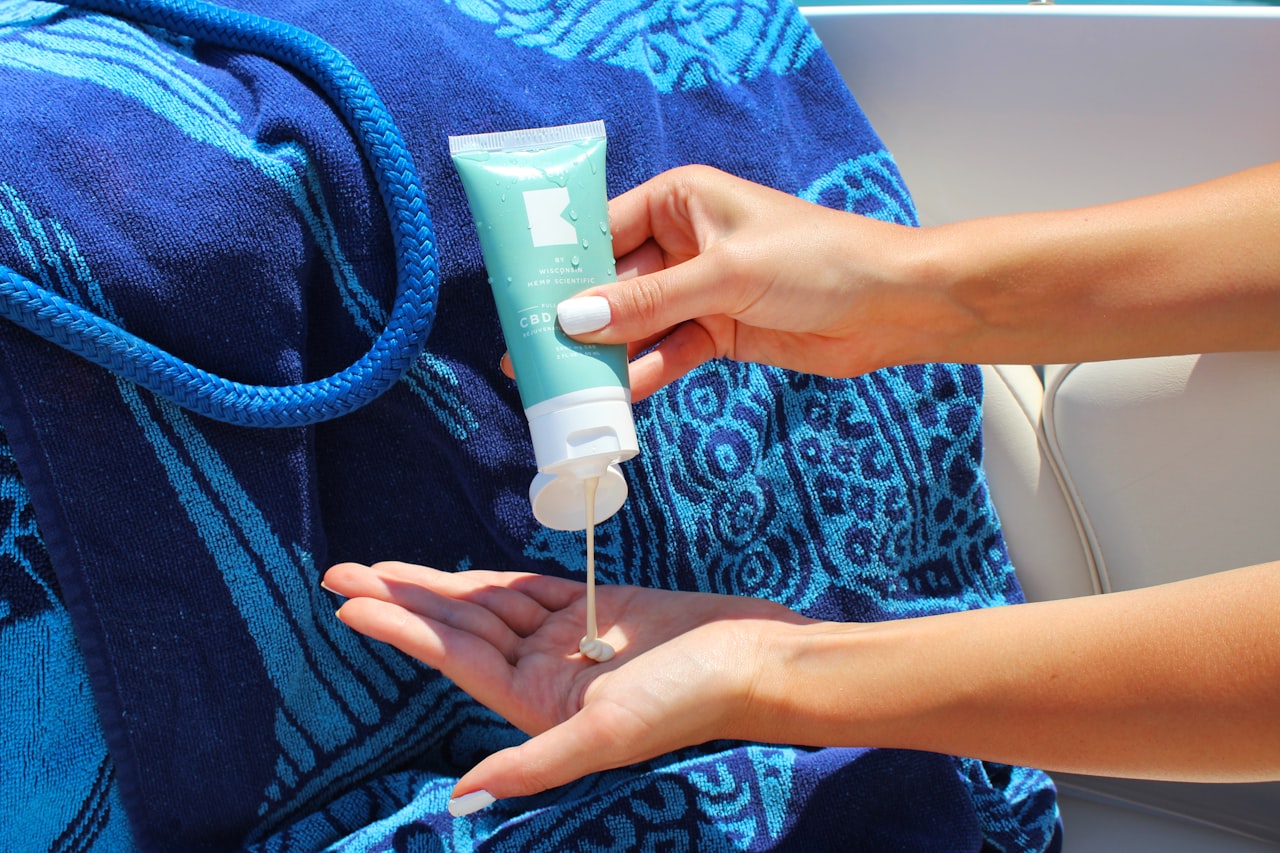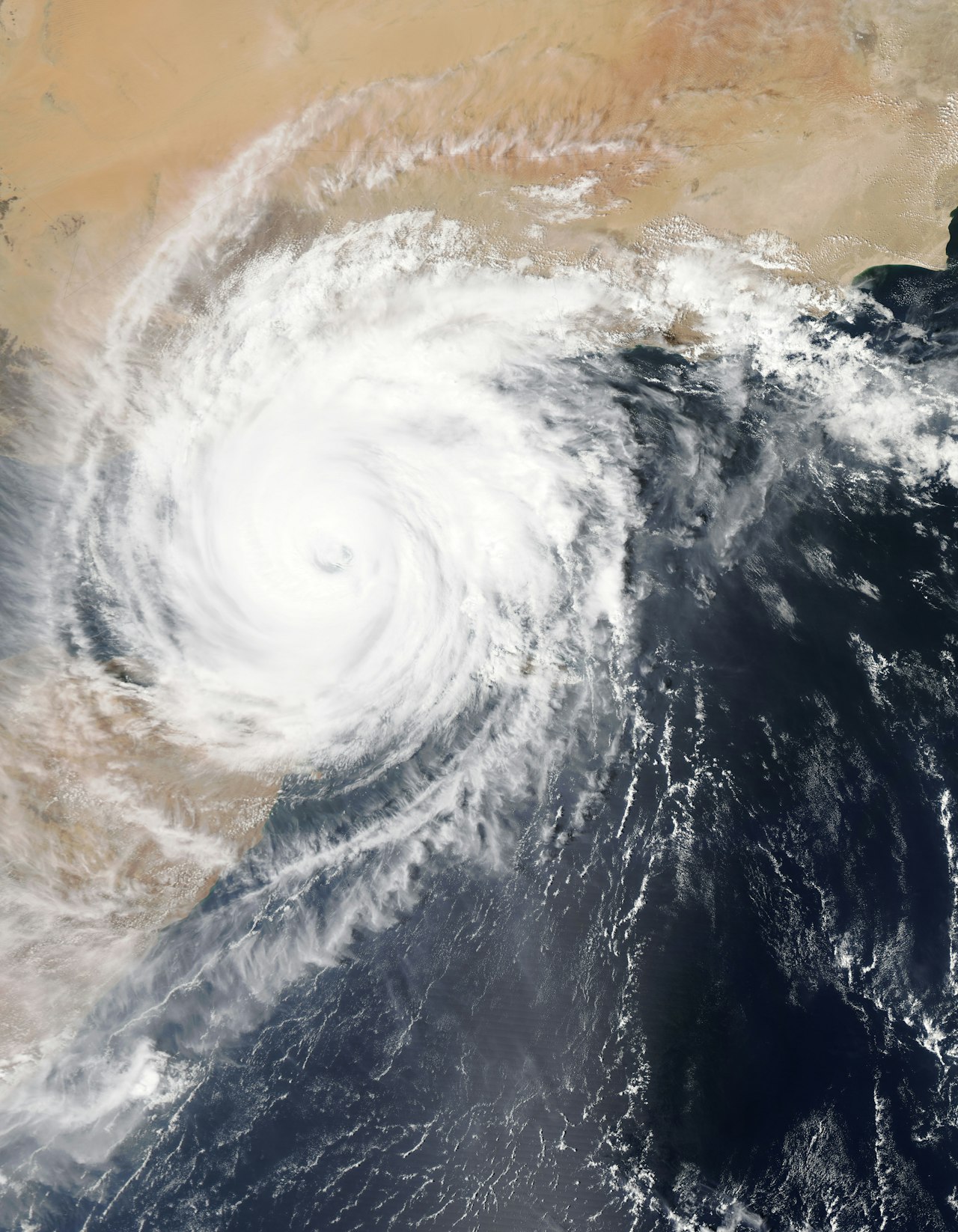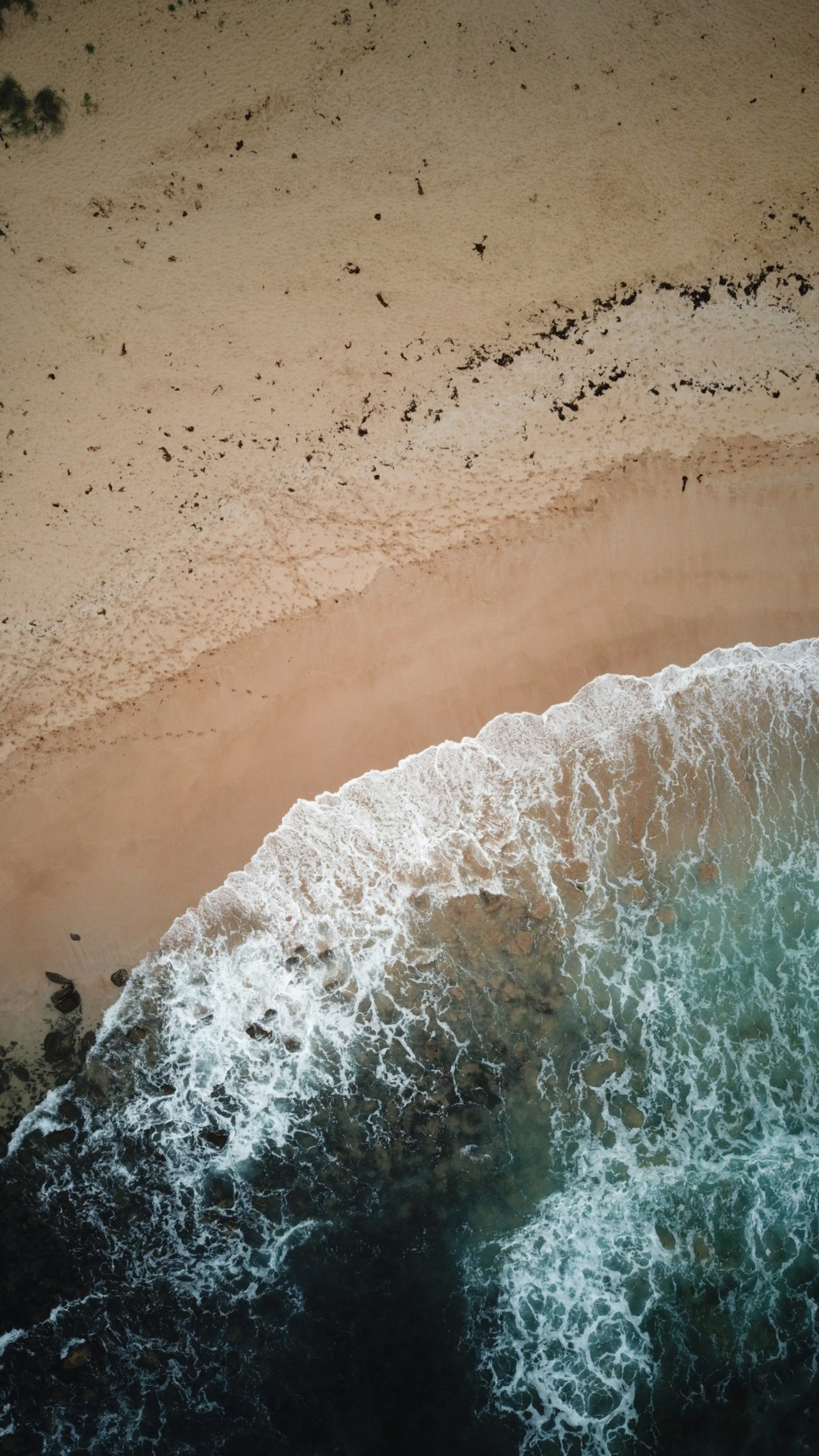Banning plastic straws isn’t the only way to save the turtles! It turns out that many of the chemicals that prove to be excellent at fending off sunburn and skin cancer can also be immensely hazardous to our local ocean flora and fauna. Fortunately, we don’t have to make a choice between a healthy tan and protecting the environment. Instead, simply paying attention to your sunscreen’s ingredients list and making some simple tradeoffs can help save the health of your skin, our coral reefs, and our fishy friends.
Despite being marketed as “waterproof,” sunscreens may not always stay on our skin, and can easily be washed off into the ocean as we swim, shower, and play. The same ingredients protecting our skin from harmful UV rays can absorb into marine life, wreaking all kinds of havoc. According to the National Ocean Service, many sunscreen chemicals can:
- Impair growth and photosynthesis of green algae
- Induce bleaching, damage DNA, deform young, and kill coral
- Induce defects in young mussels
- Damage immune and reproductive systems of sea urchins
- Decrease fertility, reproduction, and cause female characteristics in male fish
- Accumulate in tissue and be transferred to young dolphins
Additionally, according to OceanConservancy.org, these same chemicals might be contributing to ocean acidification, water pollution, and rising sea temperatures. Not good!
To be clear, as with anything, not all “chemicals” are bad! (Everything is technically a chemical, but that’s a conversation for another time.) By far, the biggest culprit to look out for in your sunscreen is oxybenzone. This compound has been extremely well-studied and, along with octinoxate, is considered so harmful to ocean life that it is banned in the state of Hawaii! Other harmful chemicals include Benzophenone-1, Benzophenone-8, OD-PABA, 4-Methylbenzylidene camphor, and 3-Benzylidene camphor. If protecting the environment is on your list of priorities, avoiding products containing these ingredients is critical.
What sunscreens should we use instead? Most experts, as discussed in this National Geographic article, recommend natural mineral-based sunblocks using zinc oxide or titanium dioxide. You’ll want to find products that “non-nano” size particles, including aerosol sprays (that’s right — skip the spray bottle!) Look for the “Reef-safe” label and explore other online resources to check ingredients lists ahead of time. And of course, don’t forget the basics: seek shade, use umbrellas and coverings as needed, and invest in UV-protected clothing!
Protecting your skin or our marine life neighbors doesn’t have to be a choice. By simply making the switch away from a few harmful ingredients towards natural, safe, and just-as-effective alternatives, you can continue to fend off those UV rays while making sure we keep our ocean life safe.




























